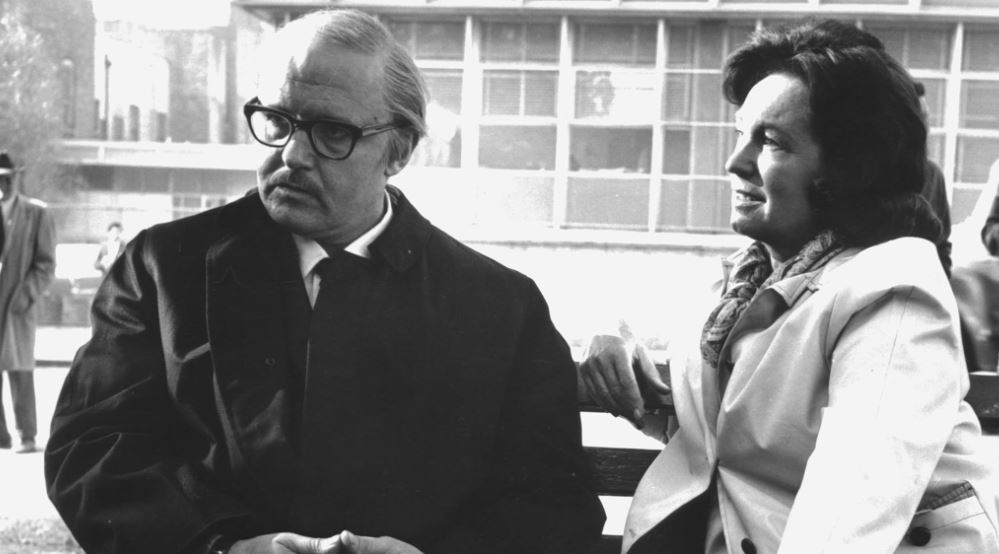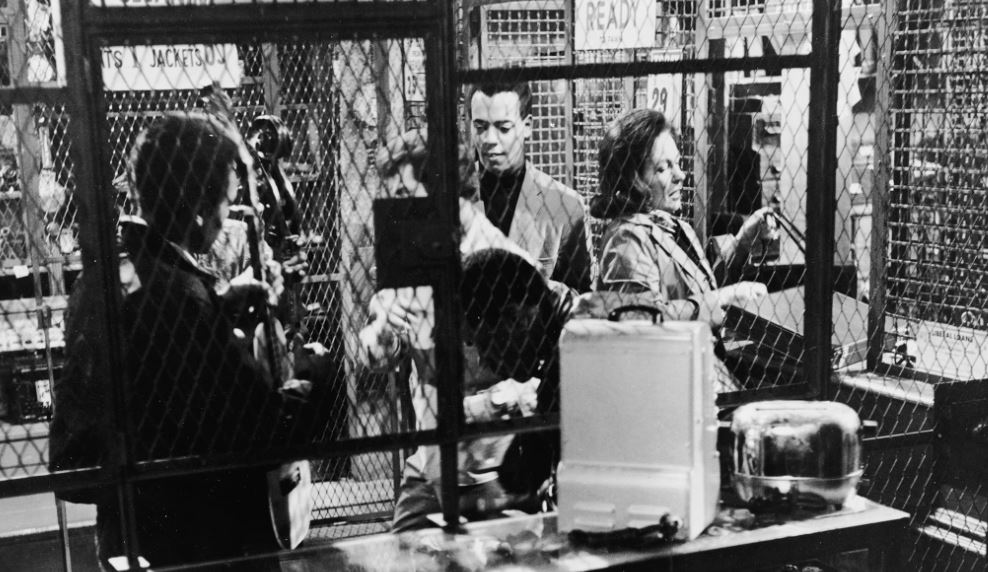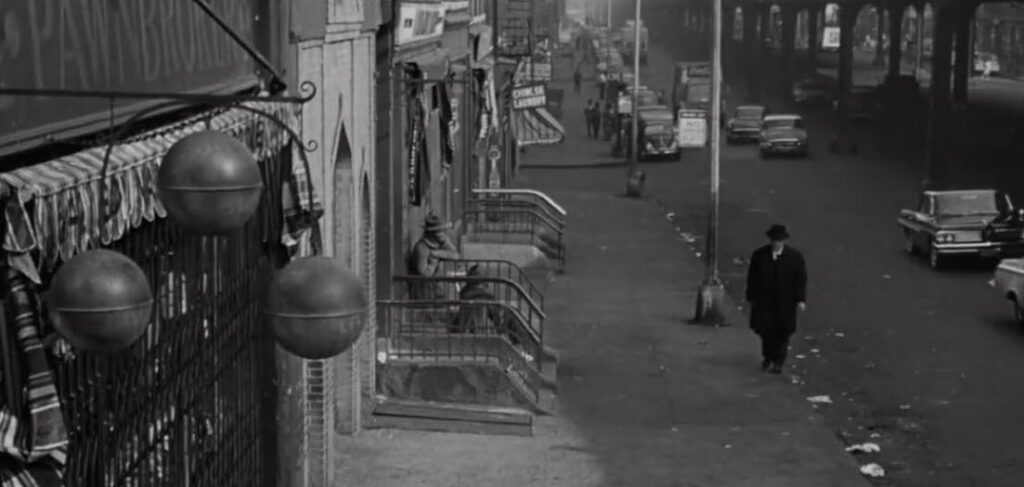
I’ll let you into a secret: when it comes to art (and indeed life), I don’t like using my brain. I resist challenging material and being stretched. I’ve never been tempted by Stephen Hawking’s Brief History of Time and doubt I ever will. In my copious spare time you won’t find me learning a second language or plotting to sail around the world. Dostoevsky’s existentialism and his agonizing moral quandaries can get stuffed. A snooze will always, always take priority over the chance to add a feather to my cap.
Movies, however, are more my cup of tea, especially if settling down to a bit of prime Arnie or an old fave like The Driver. Then again, there are some I tread warily around, the ones I’ve long labeled intimidating. Such flicks might include a subtitled, avant-garde hook-up with Luis Bunuel or a technically innovative dip into the early history of cinema courtesy of the silent, three-hour Birth of a Nation. With these sorts of celluloid ventures I know I’m gonna have to concentrate.
Saying that, every few months I become oddly determined to give such taxing efforts a go, perhaps laboring under the illusion that they’ll be good for me. However, I do have a strategy when faced with a potentially frown-inducing film: something heavy-duty must be followed by pap (and a bowl of chocolate ice-cream).
Flesh ‘n’ fluff, if you like.
The Pawnbroker (1964)
Ah, what better way to start than the Holocaust? Now, as Schindler’s List showed, Amon Göth leisurely shooting inmates from his balcony was fun, but I’m afraid Hollywood’s first attempt at dealing with this cheeriest of subjects doesn’t cough up any similarly magnetic murders. It’s dour from beginning to end, a real bloody slog in which the suicidal main character doesn’t smile once in two hours.
Concentration camp survivor Sol Nazerman (the Oscar-nominated, occasionally hammy Rod Steiger) runs a New York pawnshop. Well, this money-loving German Jew doesn’t so much run it as chisel his pitiable customers while giving them the suspiciously Nazi-like labels ‘creatures’, ‘scum’ and ‘rejects’ behind their backs. Most of the time he refuses to make eye contact and only speaks when necessary. Everything is such an effort, his present-day hell routinely lit up by ghastly flashbacks that can be triggered by anything from a barking dog to a crowded subway car.
When he does talk about his wartime experiences, in which most of his family was wiped out, he puts it in the starkest possible language: “I didn’t die. Everything that I loved was taken away from me and… I did not die.” And woe betide anyone who tries to break through this nail-studded shell for he will push them away with the utmost contempt.

As you can tell, jokes are at a premium in The Pawnbroker. I have to say I found it all a bit heavy-handed, especially its idyllic start where Nazerman’s family is shown enjoying a riverside picnic under a beautiful sky before those beastly Nazis turn up and spoil everything. Matters aren’t helped by a series of shaky cameos from Nazerman’s customers, many of whom are ridiculously keen to bare their lonely souls. Quincy Jones’ ill-fitting and bloody intrusive jazz score is another debit.
Still, there are moments of interest, such as a despondent pregnant girl wanting to sell her engagement ring, a straightforward encounter that results in Nazerman flashing back to a row of inmates’ hands held up against a barbed wire fence as a Nazi on the other side moves along reaching to remove the jewelry from their fingers.

At another point he’s caught in profile stumbling down a street against a backdrop of blurred street lights, the moment perfectly capturing his disorientating, out of focus world. The dialogue can also shine as when Nazerman’s babbling shop assistant sees the tattooed number on his forearm, believes it’s the sign of a secret society and asks how he can join. “You learn to walk on water,” Nazerman replies.
The Pawnbroker does try to broaden things by chucking in a black gangster using Nazerman’s business for a spot of money laundering, but it never strays far from its focus on a defeated old man shuffling around being rude to people. Although I appreciated its vivid portrait of mid-60s New York, it’s too one note. Ultimately, it’s a dreary study of depression that offers no answers, a conclusion that can only mean I need some inanity.
Step forward, please, Mr Cruise.
Leave a Reply